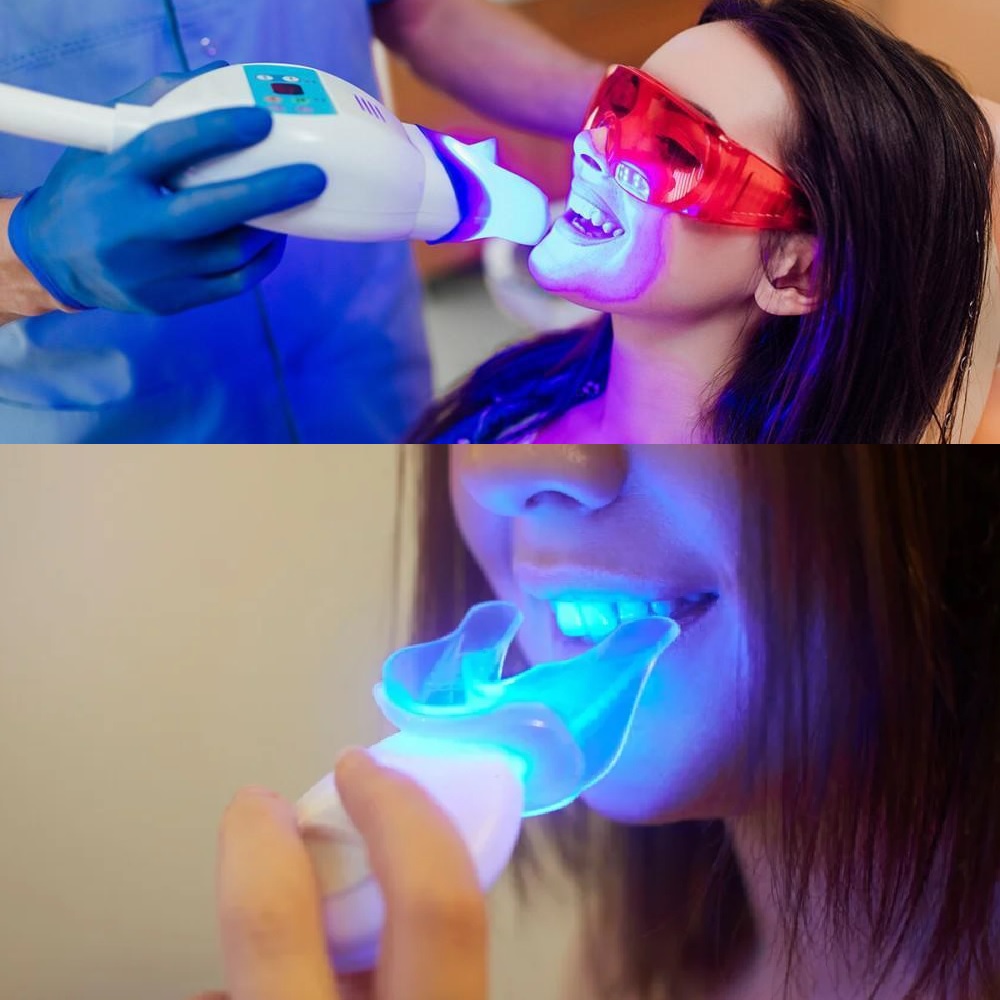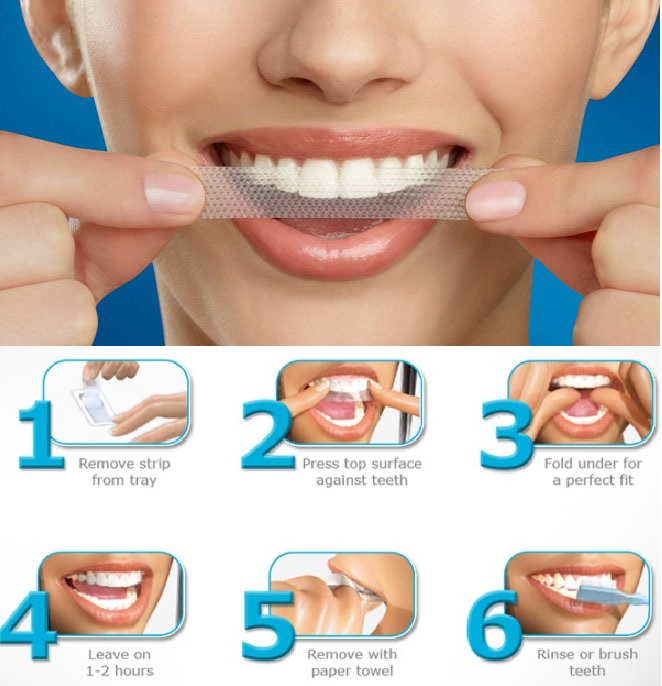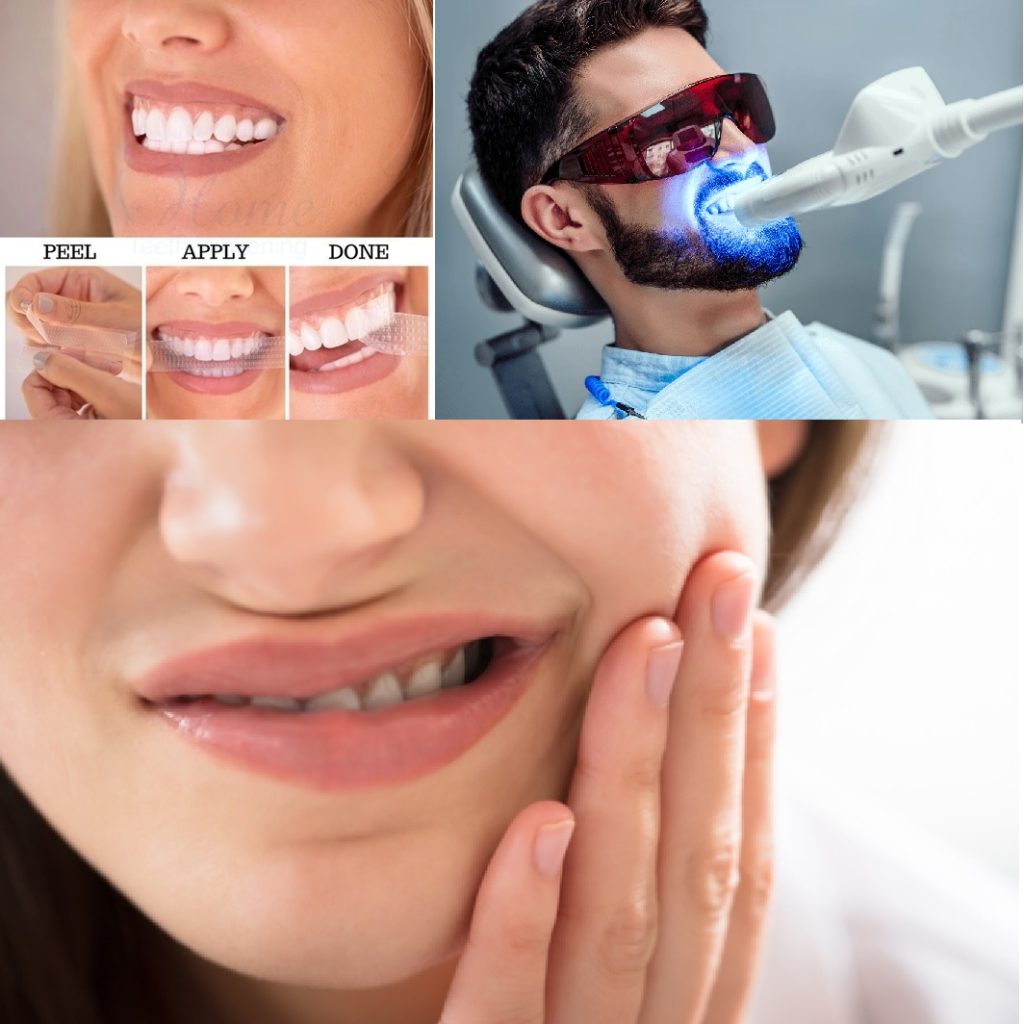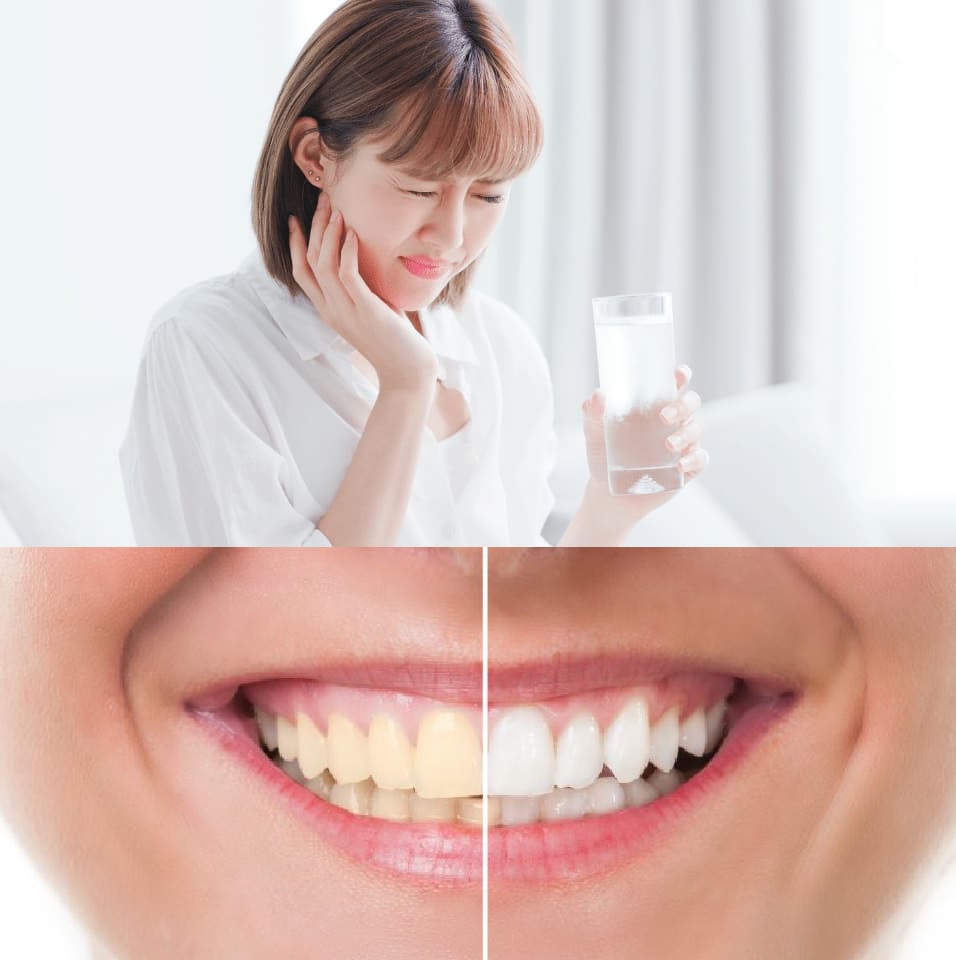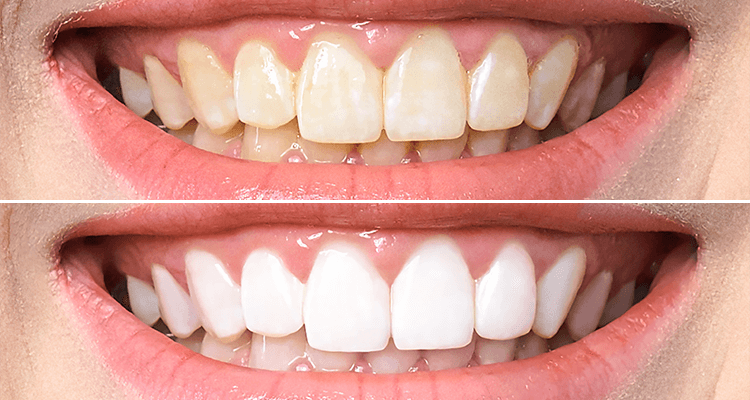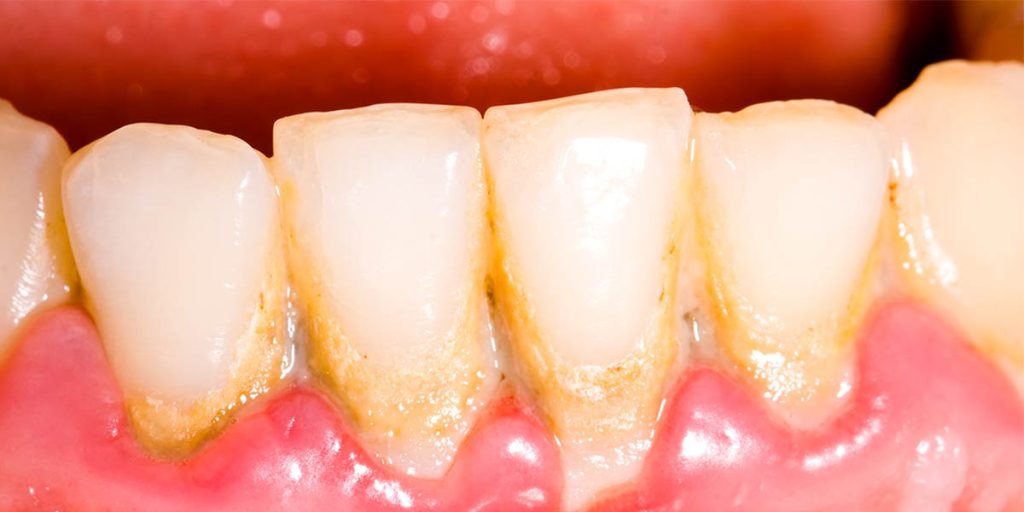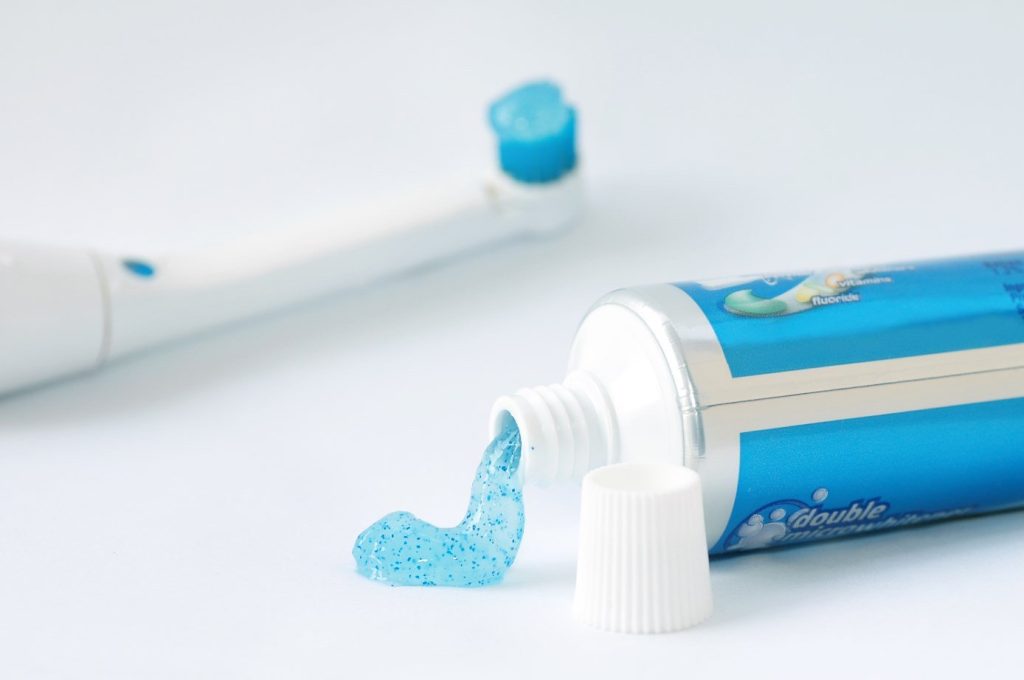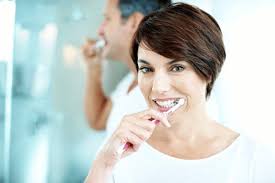Should I Brush My Teeth Before or After Using Whitening Strips? Your Ultimate Guide to Brighter Teeth

Teeth whitening strips are a popular and convenient way to brighten your smile, but many users are unsure about the proper steps to take before and after using them. One of the most common questions is, “Should I brush my teeth before using whitening strips?” or “Do I brush my teeth after whitening strips?” Maintaining good oral hygiene is essential, but brushing at the wrong time may reduce the effectiveness of the strips or even harm your teeth and gums.
In this comprehensive guide, we’ll answer all your questions about teeth whitening strips and the best practices for brushing before and after their use. You’ll also learn the science behind whitening strips, common mistakes to avoid, and how to optimize your whitening routine for the best results.
Should I Brush My Teeth Before Using Whitening Strips?
The short answer is yes—but with a few important considerations. Brushing your teeth before using whitening strips can help remove plaque and food particles, ensuring that the whitening agent fully contacts the tooth’s surface. However, brushing too vigorously right before applying the strips could cause tooth sensitivity or irritation to your gums.
Best Practices for Brushing Before Whitening Strips:
- Brush Gently: Use a soft-bristled toothbrush and brush gently to avoid irritating your gums or enamel.
- Wait a Few Minutes: After brushing, wait about 20-30 minutes before applying the strips. This allows your saliva to neutralize your mouth and avoid any potential irritation.
- Avoid Whitening Toothpaste: If you’re using whitening strips, skip the whitening toothpaste beforehand to avoid excessive exposure to bleaching agents, which can increase sensitivity.
Read more about how to brush your teeth properly to protect your enamel and reduce sensitivity.
Should I Brush My Teeth After Using Whitening Strips?
Many people ask, “Should I brush my teeth after using whitening strips?” or “Can I brush my teeth after whitening strips?” Yes, but there are important guidelines to follow. Whitening strips often leave behind a residue from the bleaching agent, which you’ll want to remove after treatment. However, brushing immediately after removing the strips can lead to sensitivity or discomfort.
Best Practices for Brushing After Whitening Strips:
- Wait At Least 30 Minutes: After using whitening strips, wait about 30 minutes before brushing your teeth. This allows your enamel to re-harden after exposure to the bleaching agent, reducing the risk of irritation.
- Use a Gentle Toothpaste: Opt for a toothpaste designed for sensitive teeth after whitening. Avoid whitening or abrasive toothpastes immediately after using strips to prevent discomfort.
- Rinse Instead of Brushing: If you’re concerned about sensitivity, you can simply rinse your mouth with water or a fluoride mouthwash to remove residue and strengthen enamel without brushing.
Find out more about tooth sensitivity after whitening treatments and how to manage it.
Do Whitening Strips Work Better on Clean Teeth?
Yes, whitening strips work more effectively on clean teeth. Plaque and food particles can block the whitening gel from reaching the enamel, reducing the overall effectiveness of the treatment. That’s why it’s important to brush beforehand, but with the proper precautions to avoid over-brushing or damaging your enamel.
Benefits of Using Whitening Strips on Clean Teeth:
- Even Whitening: Clean teeth allow for more uniform contact with the whitening agent, leading to consistent results.
- Better Penetration: Whitening gels need to reach the enamel to work, and brushing clears away any barriers.
- Long-Lasting Results: Clean teeth help the whitening gel work efficiently, giving you better results that last longer.
Can Brushing Before Whitening Strips Cause Sensitivity?
Yes, if not done correctly, brushing your teeth immediately before applying whitening strips can lead to increased sensitivity. This is especially true if you use a hard-bristled toothbrush or brush aggressively, which can weaken the enamel or irritate the gums. Sensitive teeth are more prone to discomfort during whitening treatments, especially if the whitening agent comes into direct contact with irritated gums.
How to Minimize Sensitivity Before Using Whitening Strips:
- Use a Soft-Bristled Toothbrush: This helps protect your enamel while effectively cleaning your teeth.
- Switch to a Toothpaste for Sensitive Teeth: If you’re prone to sensitivity, using a desensitizing toothpaste a few days before starting whitening treatments can help minimize discomfort.
- Limit Whitening Products: If you’re using whitening strips, avoid other whitening products like toothpaste or mouthwash to prevent overexposure to bleaching agents.
Check out our full guide on managing sensitive teeth during whitening treatments for more tips and tricks.
Do You Brush Your Teeth After Whitening Strips to Remove Residue?
Yes, it’s a good idea to brush your teeth after whitening strips to remove any leftover gel residue from the surface of your teeth. However, as mentioned earlier, it’s best to wait at least 30 minutes before brushing to allow your enamel to recover and avoid any irritation.
In the meantime, rinsing your mouth with water or mouthwash can help remove some of the residue and keep your mouth feeling fresh.
Common Mistakes to Avoid When Using Whitening Strips
While whitening strips are effective and easy to use, there are a few common mistakes that can impact the results or lead to discomfort. Avoid these pitfalls for the best possible whitening experience:
1. Over-Brushing
As discussed earlier, brushing too hard or immediately before using whitening strips can irritate your teeth and gums. Instead, opt for gentle brushing and wait a few minutes before applying the strips.
2. Leaving Strips on for Too Long
While you might think leaving the strips on longer will lead to whiter teeth, it can actually cause harm. Overexposure to the bleaching agent can lead to increased sensitivity or gum irritation. Always follow the instructions provided with your whitening strips.
3. Skipping Regular Oral Hygiene
Whitening strips don’t replace regular oral hygiene practices like brushing, flossing, and professional cleanings. Make sure to maintain a strong oral care routine throughout your whitening treatment to protect your teeth and gums.
4. Using Whitening Strips Too Frequently
Using whitening strips more often than recommended can damage your enamel over time. Stick to the guidelines provided by your dentist or the product instructions to avoid excessive bleaching.
Learn about proper usage of whitening strips to protect your enamel and achieve the best results.
Alternatives to Whitening Strips
If you’re unsure about using whitening strips or have sensitive teeth, there are several other teeth whitening methods to consider. Each option has its own set of benefits and may be a better fit for your needs.
1. In-Office Professional Whitening
Professional whitening treatments done at your dentist’s office are one of the most effective ways to achieve a bright, white smile quickly. These treatments use stronger bleaching agents and are administered by professionals, ensuring safety and effectiveness.
2. Custom Whitening Trays
Dentists can provide custom-fit whitening trays that allow you to whiten your teeth at home using professional-grade whitening gel. This method can offer more consistent results than strips and is tailored to your teeth’s specific shape.
3. Whitening Toothpaste
If you’re looking for a more gradual approach, using a whitening toothpaste can help remove surface stains over time. However, it won’t deliver the dramatic results that whitening strips or professional treatments can provide.
Find out about other teeth whitening options and how to choose the best method for your needs.
Conclusion
Whitening strips are a convenient and effective way to brighten your smile, but understanding the right way to brush your teeth before and after using them is crucial for getting the best results without causing harm to your teeth and gums. To recap:
- Should I brush my teeth before using whitening strips? Yes, but brush gently and wait 20-30 minutes before applying the strips.
- Do you brush your teeth after using whitening strips? Yes, but wait at least 30 minutes before brushing to avoid sensitivity and irritation.
By following these tips and avoiding common mistakes, you can achieve a whiter smile while protecting your teeth and ensuring lasting results. If you have any concerns about sensitivity or the whitening process, consult with your dentist for personalized advice.
Related Posts You Might Like:
- How to Manage Tooth Sensitivity After Whitening Treatments
- Best Practices for Brushing and Flossing
- Professional Teeth Whitening vs. At-Home Whitening: Which Is Right for You?

